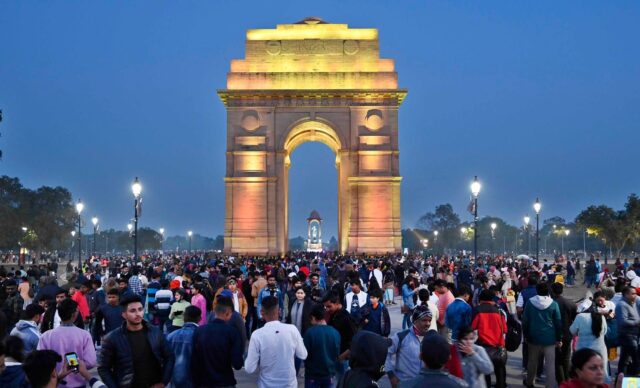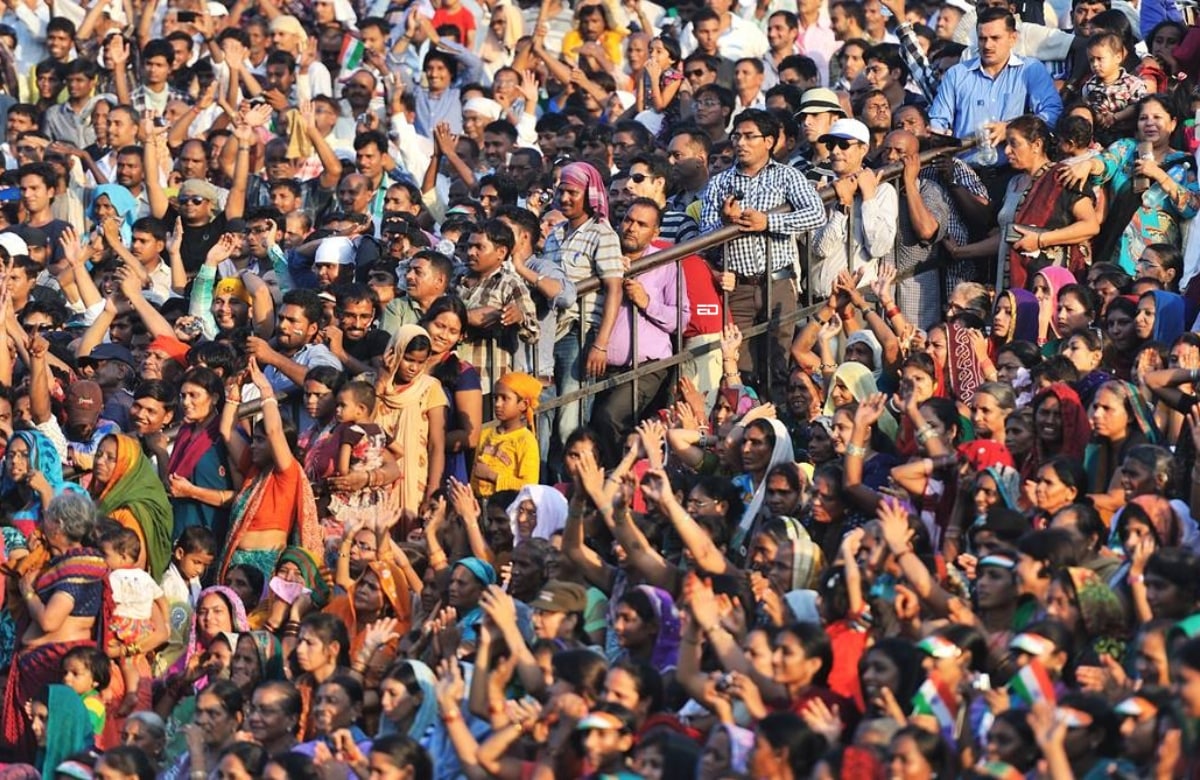India contributes to a whopping 13% global labour force, one of the top five countries doing so, the other four being the United States, China, Brazil and Indonesia. Experts say that India could dominate the global labour force by 2030 if it is able to effectively utilise its growing young population.
According to the International Labour Organization, India has the largest youth population in the world. Yet, it is unable to maximise this.

Why Is India Unable To Maximise Its Large Youth Population?
India’s estimated growth in the global working age population will create an opportunity to capture foreign investments and businesses that look for countries with a large and skilled workforce. India will be one of the very few countries that can meet this demand, but having a skilled workforce is the most important criterion to seize this golden opportunity and India is still not prepared to monetise it.
Uttar Pradesh, Maharashtra and Bihar are the three states consisting of one-third of India’s young working age population. 35% of India’s population will enter the working age group from these three states alone. However, these states are far behind in supporting the well-being of their young people.
On child health indicators, that are stunting, wasting and undernutrition, the ratio of children with these issues have been subpar and in these three states, they are even worse. Prevalence of these indicators in a child is also reflected in the failure of a child’s ability to reach their full potential.
Adding on, the below-average gross enrollment ratios (GERs) in senior secondary and higher education institutions in the states having the maximum youth is another reason as to why India is unable to maximise the advantage of their presence.
At least a 12th pass graduation is required for most decent jobs so 50-65% of the school-going population in UP and Bihar are missing out on the opportunity to even be eligible for such jobs as they are not enrolled in senior school.
While a college or higher education degree provides better scope for job progression, only 23% of the eligible population is enrolled in higher education institutions and 16% in Bihar.
Also Read: “Lower Your Pitch,” CJI Chandrachud Scolds Lawyer For Not Behaving Properly
What Has Been Done To Solve The Problem?
Poshan Abhiyaan was a centrally funded scheme launched in 2018 for improvement in nutritional indicators, focussing on the nutritional status of new mothers and children under the age of 6.
Rishita Sachdeva, a research associate at Centre for Economic and Social Progress writes in an article that since the inception of this scheme, there has been an under-utilisation of funds given to the states. The author also pointed out that the improvement in nutritional indicators does not seem to be dependent on lack of funds with the state governments but has more to do with operational efficiencies.
Therefore, there is a dire need for states to re-evaluate their strategies to find the bottlenecks and for the centre to increase focus on these three states given their extremely low performance, considering they contribute to a large part of the target population.
What Is The Way Forward?
India, the most populated country in the world, has a brilliant demographic dividend. The United Nations Population Fund defines a demographic dividend as economic growth resulting from a shift in a population’s age structure, mainly when the working-age population is larger than the number of dependents.
This demographic dividend is a key factor that is expected to propel economic growth as the large youth population offers both a workforce as well as a market.
Most of the United Nations’ Sustainable Development Goals (SDGs) focus on the youth, identifying them as a very valuable asset and highlighting the need for investing in them.
At a time when many other countries across Europe, United States and even China are grappling with the twin problems of an ageing population and declining youth, how India unlocks the potential of its youth will determine its future growth trajectory.
Image Credits: Google Images
Feature image designed by Saudamini Seth
Sources: Hindustan Times, Economic Diplomacy Division, Observer Research Foundation
Find the blogger: Unusha Ahmad
This post is tagged under: youth, young, China, Brazil, Indonesia, US, India, workforce, jobs, ILO, Maharashtra, Bihar, Uttar Pradesh, children, GER, Poshan Abhiyaan, UN, SDG
Disclaimer: We do not hold any right, copyright over any of the images used, these have been taken from Google. In case of credits or removal, the owner may kindly mail us.






























